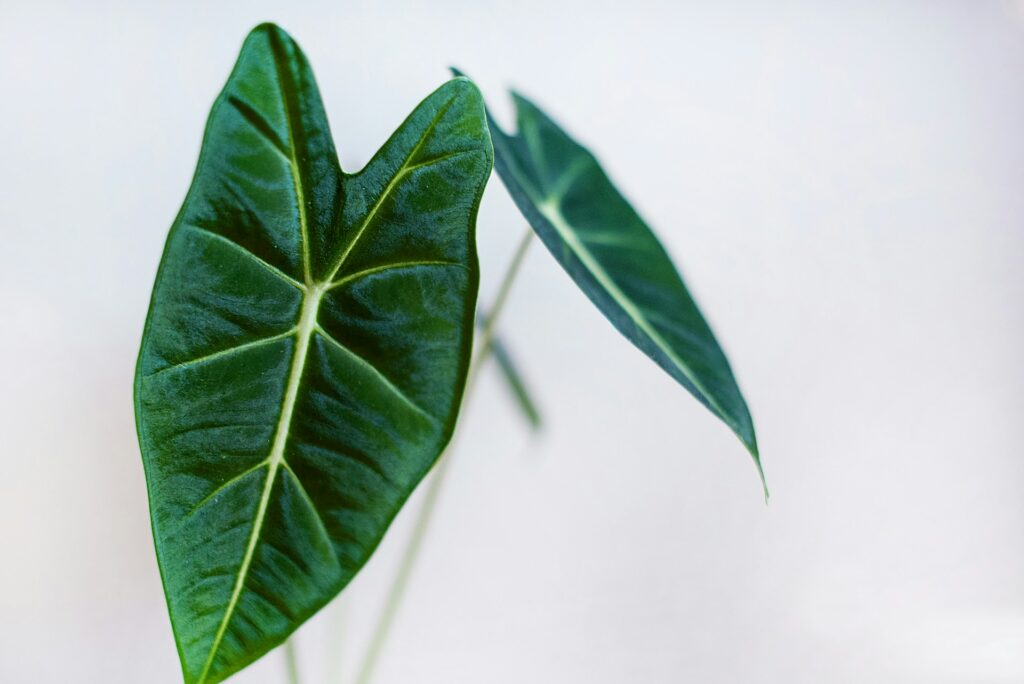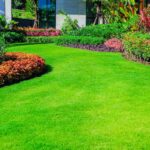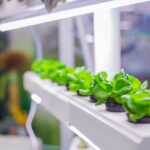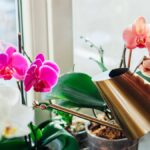Alocasia, also known as Elephant Ear or African Mask Plant, is a striking tropical plant known for its large, arrow-shaped leaves with prominent veins. Native to the rainforests of Southeast Asia, Alocasia makes for an exotic addition to any indoor plant collection. Here’s a detailed guide on how to care for your Alocasia plant.
Light Requirements
Alocasia plants thrive in bright, indirect light. They can tolerate some direct sunlight, but too much can scorch their delicate leaves. A spot near an east or north-facing window is ideal. If natural light is insufficient, consider supplementing with grow lights.
Watering
Alocasia requires consistent moisture but dislikes waterlogged soil. Water your plant when the top 1-2 inches of soil are dry. Ensure proper drainage to prevent root rot. During the growing season (spring and summer), you may need to water more frequently, while in the dormant period (fall and winter), reduce watering.
Humidity
Being tropical plants, Alocasia loves high humidity. Aim for a humidity level of at least 60%. You can increase humidity by using a humidifier, placing the plant on a pebble tray filled with water, or grouping it with other humidity-loving plants.

Temperature
Alocasia plants prefer warm temperatures between 65°F to 80°F (18°C to 27°C). Protect them from drafts, sudden temperature changes, and cold air, which can cause stress and damage to the plant.
Soil
Use a well-draining potting mix rich in organic matter. A mix designed for aroids, containing components like peat, perlite, and pine bark, works well. This ensures that the soil retains moisture without becoming waterlogged.
Fertilizing
Feed your Alocasia with a balanced, water-soluble fertilizer every 2-4 weeks during the growing season. Reduce or stop feeding during the dormant period to prevent nutrient buildup in the soil.
Repotting
Repot your Alocasia every 1-2 years or when it becomes root-bound. Choose a pot that is 1-2 inches larger in diameter than the current one. Repotting is best done in the spring when the plant begins its active growth phase.
Pruning and Cleaning
Regularly remove any yellow or dead leaves to keep the plant healthy and encourage new growth. Wipe the leaves with a damp cloth to remove dust and keep the plant looking its best. This also helps the plant to photosynthesize more efficiently.
Pests and Diseases
Alocasia can be susceptible to pests such as spider mites, aphids, and mealybugs. Inspect your plant regularly and treat any infestations promptly with insecticidal soap or neem oil. Overwatering can lead to root rot, so ensure proper watering practices and good drainage.
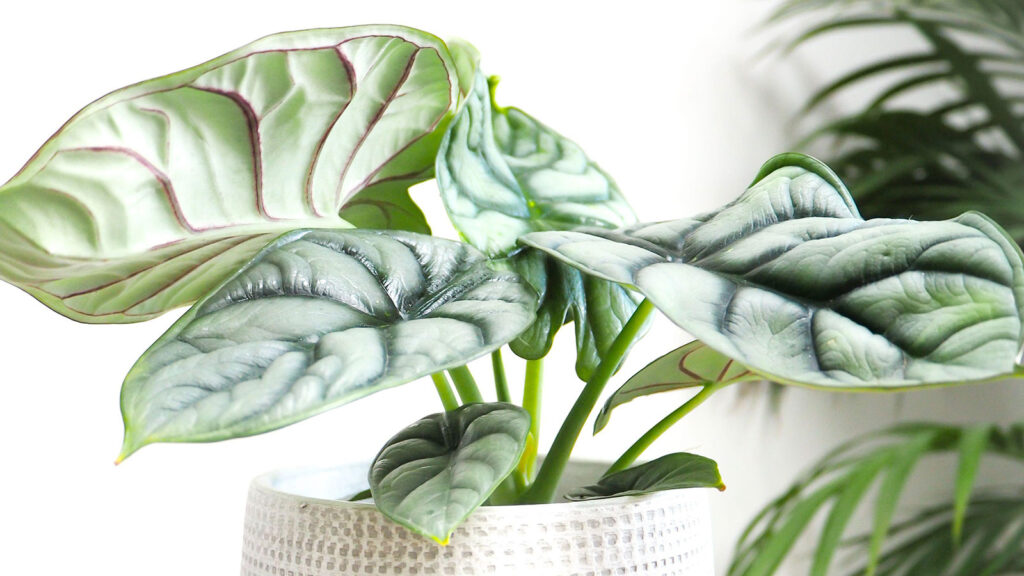
Propagation
Alocasia can be propagated through division. Carefully separate the rhizomes or tubers during repotting, ensuring each division has at least one growing point. Plant the divisions in fresh, well-draining soil and keep them in a warm, humid environment until they establish roots.
Caring for an Alocasia plant can be rewarding, offering an exotic touch to your indoor garden. By providing the right light, humidity, and watering conditions, you can enjoy the lush, vibrant foliage of this stunning plant year-round. Remember to monitor your plant for signs of stress and pests, and you’ll have a healthy, thriving Alocasia to admire.
Common Issues and Solutions
Even with the best care, Alocasia plants can sometimes experience problems. Here are some common issues and their solutions:
Yellowing Leaves
Yellow leaves can indicate overwatering or poor drainage. Ensure that the plant is not sitting in water and that the soil is well-draining. Check the roots for signs of rot and trim any damaged roots before repotting in fresh soil.
Brown Leaf Tips
Brown tips can result from low humidity or underwatering. Increase the humidity around your plant and ensure it’s receiving adequate, but not excessive, water. Using a humidifier or misting the plant can help mitigate this issue.
Drooping Leaves
Drooping leaves can be a sign of either overwatering or underwatering. Check the soil moisture and adjust your watering schedule accordingly. Ensure the plant is not exposed to drafts or sudden temperature changes, as this can also cause drooping.
Slow Growth
Alocasia plants have a natural dormant period in the fall and winter when growth slows down. If your plant is not growing during the growing season, it may need more light or nutrients. Ensure it’s receiving enough bright, indirect light and consider fertilizing if you haven’t been doing so.
Pests
Alocasia can attract pests like spider mites, aphids, and mealybugs. If you notice tiny webs, sticky residue, or small insects on your plant, treat it immediately. Isolate the affected plant to prevent the pests from spreading to others. Use insecticidal soap, neem oil, or a mixture of water and dish soap to treat infestations. Regularly inspect your plant to catch pest problems early.
Seasonal Care
Spring and Summer:
This is the active growing period for Alocasia. Increase watering frequency as the plant actively uses more water.
Fertilize every 2-4 weeks with a balanced fertilizer.
Ensure the plant receives ample bright, indirect light.
Fall and Winter:
Growth slows down, and the plant may enter dormancy.
Reduce watering frequency to prevent root rot.
Stop fertilizing to avoid nutrient buildup.
Maintain humidity levels and protect the plant from cold drafts.
Decorative Tips
Alocasia plants can be a stunning focal point in your home decor. Here are some tips to display them beautifully:
Place Alocasia in decorative pots that complement your interior style.
Group Alocasia with other tropical plants for a lush, jungle-like feel.
Use plant stands or shelves to elevate smaller Alocasia varieties, showcasing their unique leaf patterns.
Alocasia plants, with their dramatic foliage and tropical appeal, can be a captivating addition to any indoor space. While they require a bit more attention compared to some other houseplants, the effort is well worth it.
By understanding their needs and monitoring for any signs of stress, you can enjoy a healthy and vibrant Alocasia that brings a touch of the exotic into your home.
Whether you are a seasoned plant enthusiast or a beginner looking to expand your collection, Alocasia plants offer a rewarding experience. With the right care, these plants can thrive and become a stunning centerpiece in your indoor garden.
